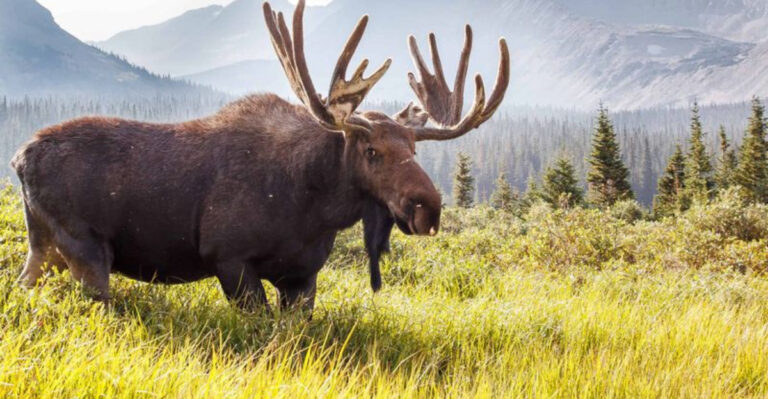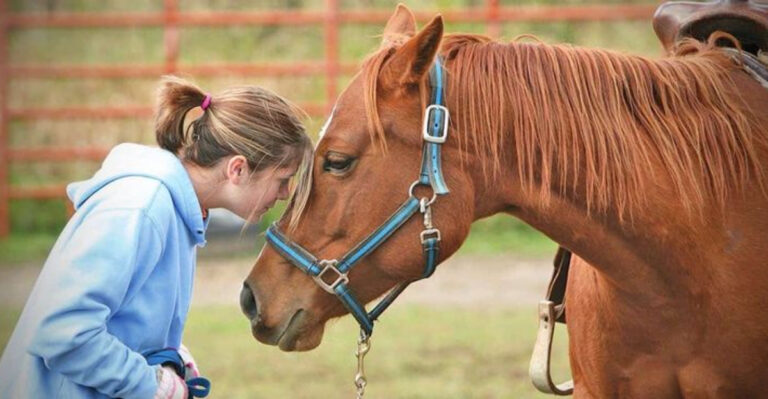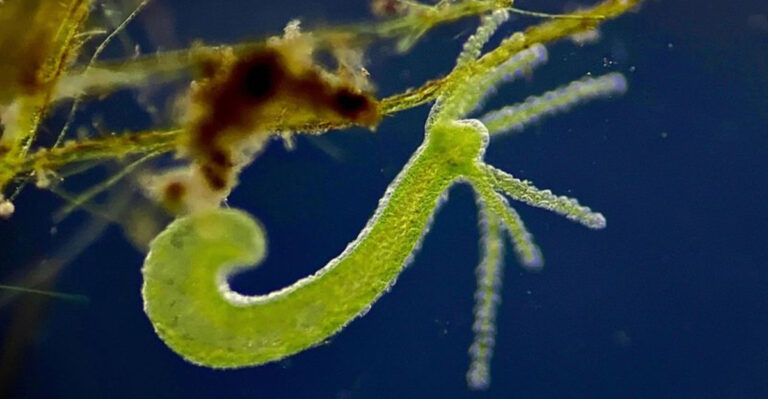Florida Sets New Record For Python Removal, But The Battle Is Far From Over
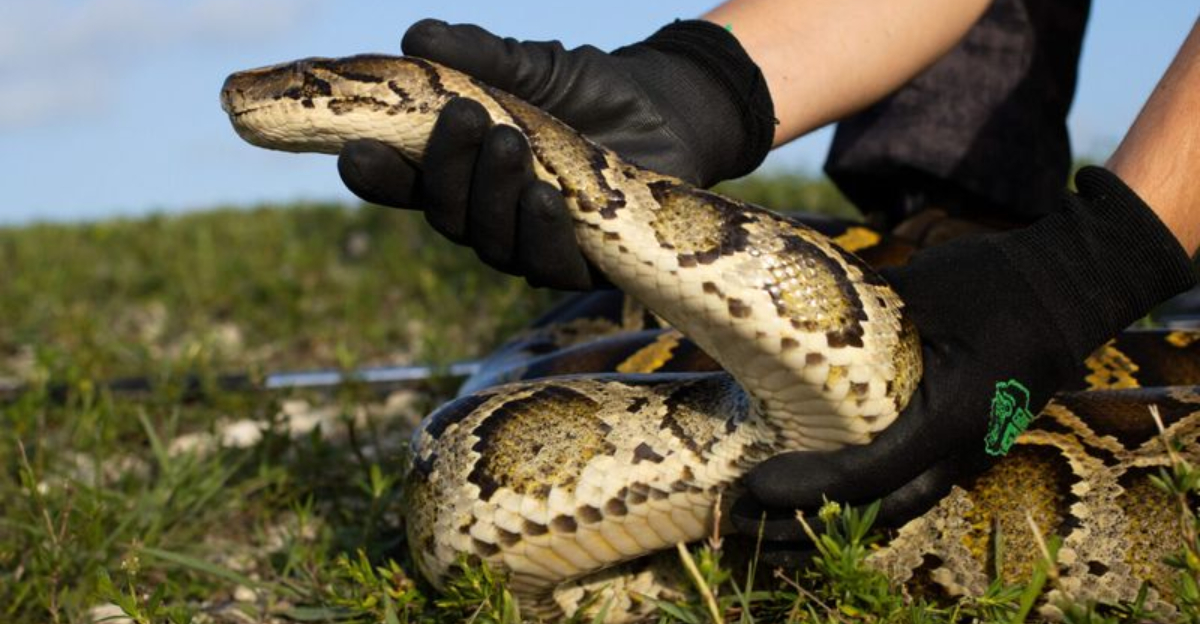
Florida recently shattered records by removing over 6,300 pounds of Burmese pythons from the Everglades in a single season.
These massive snakes have wreaked havoc on Florida’s delicate ecosystem since they were first introduced as escaped or released pets. While conservation teams celebrate this victory, experts warn that the fight to control these invasive predators is nowhere near complete.
1. Record-Breaking Python Season
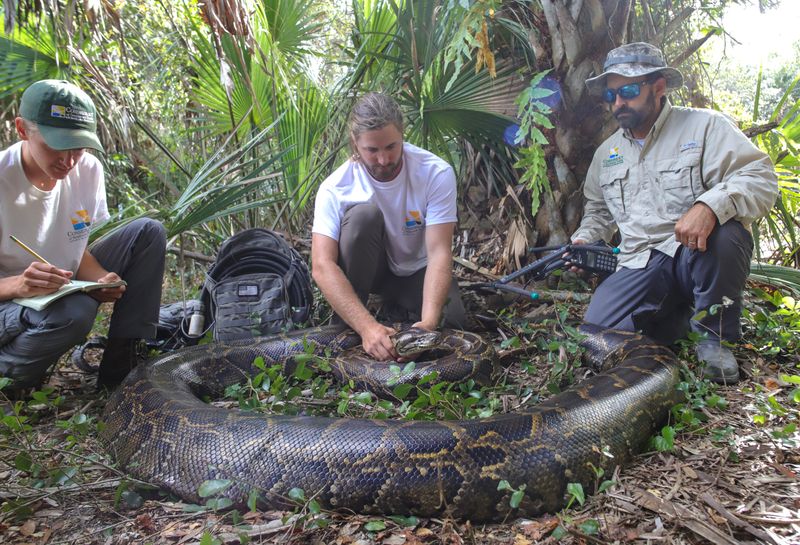
Florida wildlife officials are celebrating an unprecedented victory in 2024. Conservation teams hauled in a staggering 6,300 pounds of Burmese pythons during a single removal season.
This remarkable achievement represents thousands of individual snakes that won’t reproduce in the fragile Everglades ecosystem. Each captured python potentially prevents hundreds of future offspring from entering the wild.
2. Python Egg Prevention Success
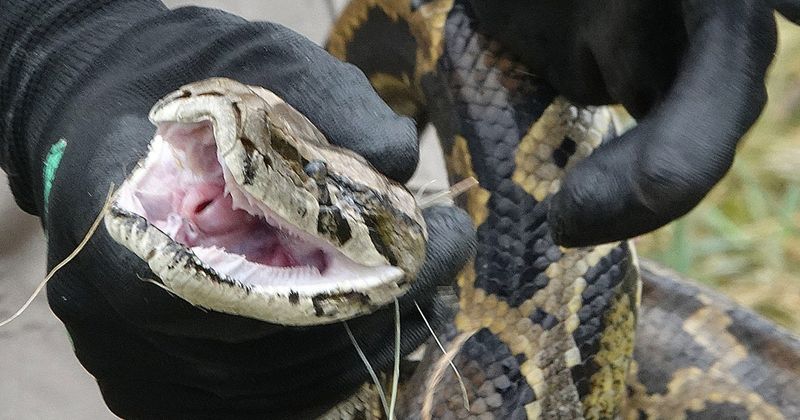
Conservationists have scored a major victory by preventing approximately 20,000 python eggs from hatching in the wild. Female pythons can produce clutches of 50-100 eggs annually, making egg destruction critical to population control.
Teams locate nesting females using tracking technology, then humanely remove both the mother and her eggs. This proactive approach stops the problem before it slithers into the ecosystem.
3. The Florida Python Challenge
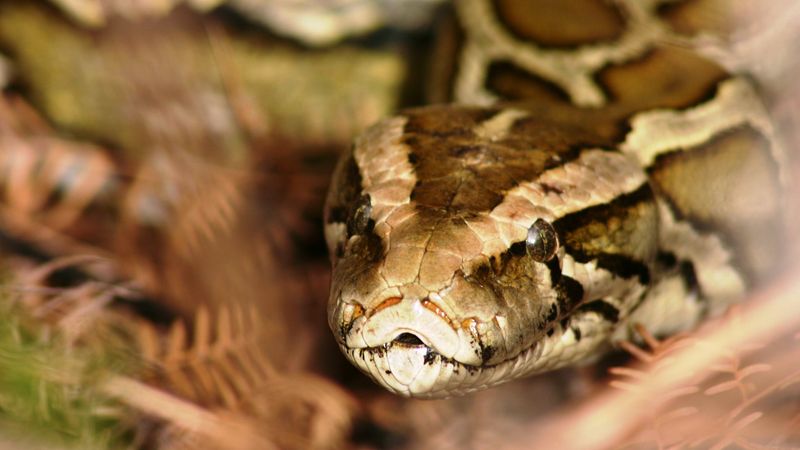
The annual Florida Python Challenge has grown into a remarkable conservation movement. This year’s event attracted 857 participants from 33 states and even Canada, showing how this local problem has captured national attention.
Together, these dedicated hunters removed 195 pythons during the competition period. The challenge combines conservation with education, turning python removal into a community-driven effort that raises awareness about invasive species.
4. Everyday Heroes Making A Difference
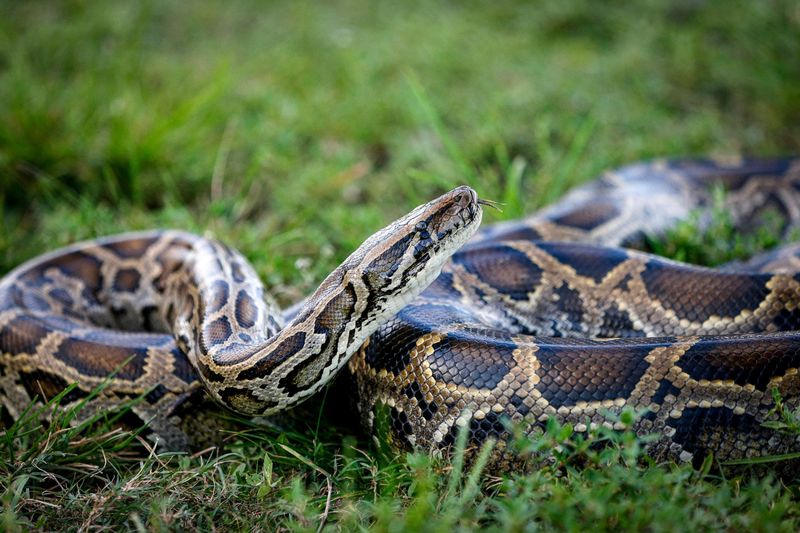
Ronald Kiger, this year’s grand prize winner, proved you don’t need to be a professional herpetologist to make a difference. The amateur hunter captured an impressive 20 pythons during the challenge, earning him the $10,000 top prize.
His success story inspires everyday citizens to join conservation efforts. With proper training and determination, regular folks can become frontline defenders of Florida’s native wildlife against these invasive predators.
5. Monster Snakes In Paradise
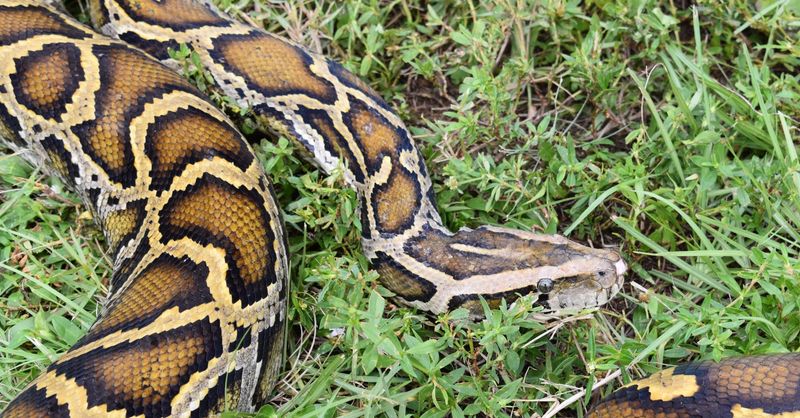
The longest python captured during this year’s challenge stretched a jaw-dropping 9 feet 11 inches. That’s nearly the height of a basketball hoop!
While impressive, this specimen doesn’t come close to the Florida record of over 18 feet. These massive predators can weigh hundreds of pounds and consume animals as large as deer and alligators. Their size makes them virtually apex predators with few natural enemies in the Everglades.
6. The Breeding Machine Problem
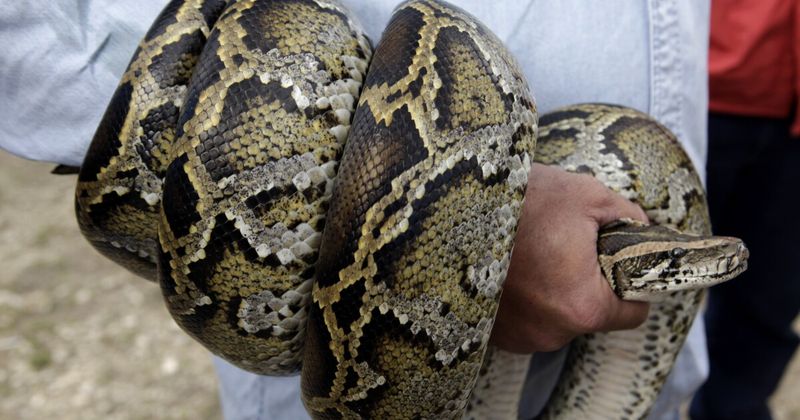
Female Burmese pythons are remarkably prolific breeders. A single healthy female can produce up to 100 eggs annually, creating a reproductive nightmare for conservation efforts.
Females reach sexual maturity around 3-4 years of age and can reproduce for decades. Males actively seek out females during breeding season, traveling miles to find mates. This reproductive efficiency explains why control efforts must be sustained and aggressive.
7. Native Wildlife Under Siege
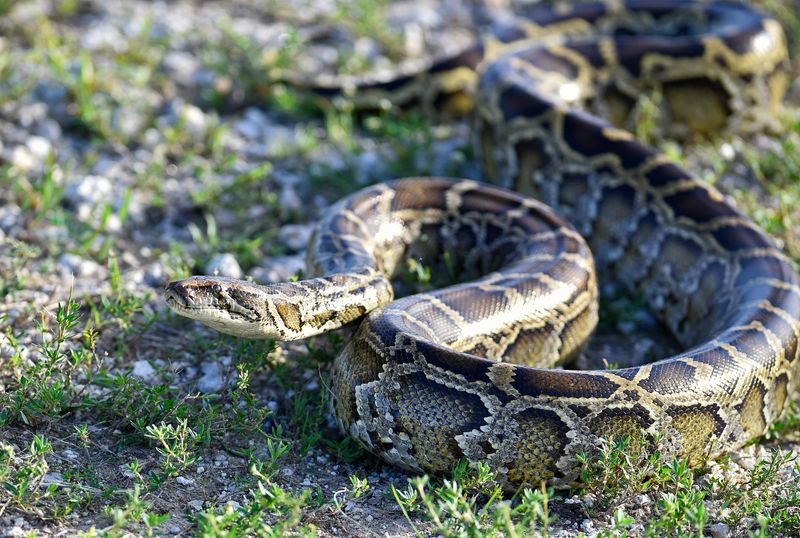
The Everglades has become a ghost town for many native mammals. Once-common creatures like raccoons, opossums, and marsh rabbits have declined by over 90% in python-infested areas.
These voracious constrictors don’t discriminate in their diet. They consume birds, mammals, reptiles, and even the occasional alligator. The ecological ripple effects extend throughout the food web, disrupting natural balances that evolved over thousands of years.
8. Year-Round Battle Against Invasion
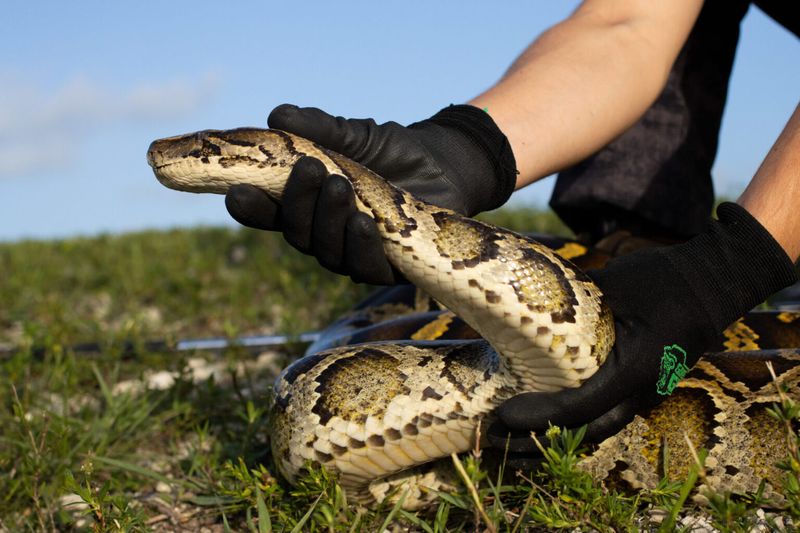
While the Python Challenge generates headlines, the real work happens quietly year-round. Professional python hunters employed by state agencies work tirelessly through sweltering summers and mosquito-filled nights.
These dedicated individuals often work solo, wading through remote wetlands to track and capture pythons. Some hunters remove hundreds of snakes annually. Their efforts form the backbone of Florida’s python management strategy despite challenging conditions.
9. High-Tech Snake Tracking
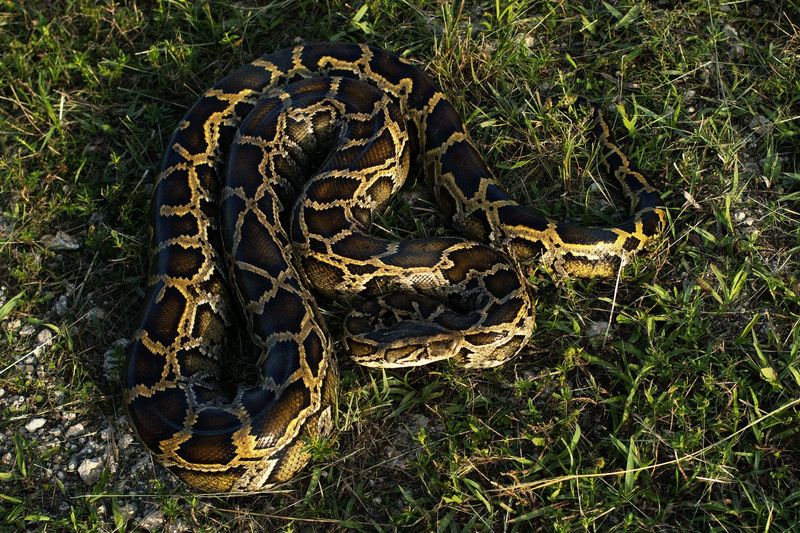
Scientists have embraced an unexpected ally in python control: pythons themselves! By surgically implanting radio transmitters in captured males, researchers create “Judas snakes” that lead them to breeding aggregations.
These tagged pythons naturally seek out females during mating season. Tracking teams follow the signals to find and remove entire groups of pythons. This innovative approach has proven particularly effective during breeding season when pythons gather in greater numbers.
10. Public Awareness Campaigns
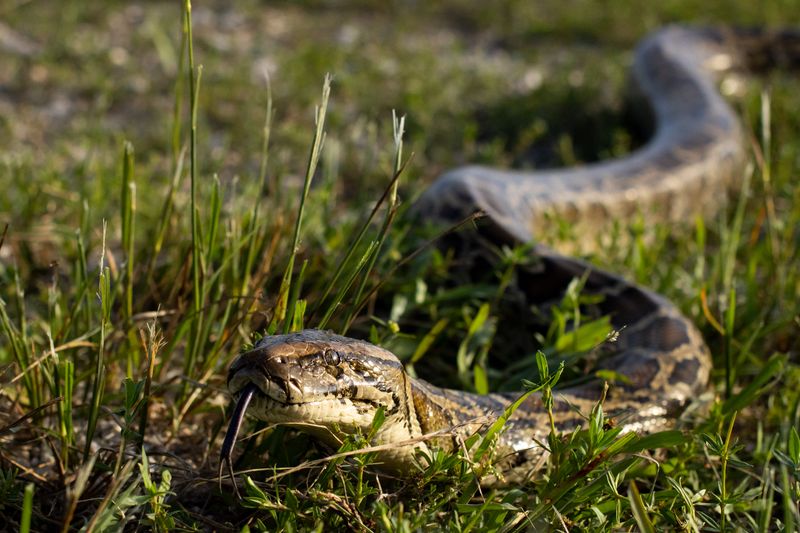
Fighting pythons requires changing human behavior too. Florida’s extensive public education campaigns target both residents and tourists with simple messages: never release exotic pets and report python sightings immediately.
Billboards, social media, and school programs spread awareness about invasive species impacts. The Python Challenge itself serves as a massive publicity campaign, generating international media coverage that highlights Florida’s environmental challenges and innovative solutions.
11. Environmental Detective Work
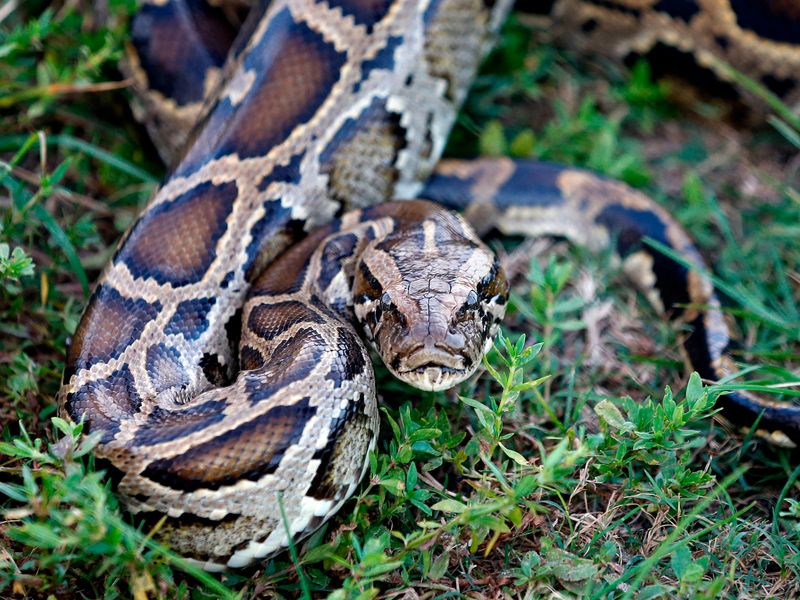
Finding pythons in the vast Everglades requires environmental detective skills. Hunters look for subtle clues like disturbed vegetation, unusual bird alarm calls, or distinctive snake tracks in mud.
The best python hunters develop an almost sixth sense for likely python hiding spots. They focus on tree islands, levees, and canal banks where pythons bask. Some even hunt at night using specialized lighting that makes python scales reflect distinctively.
12. The Grim Reality Of Eradication
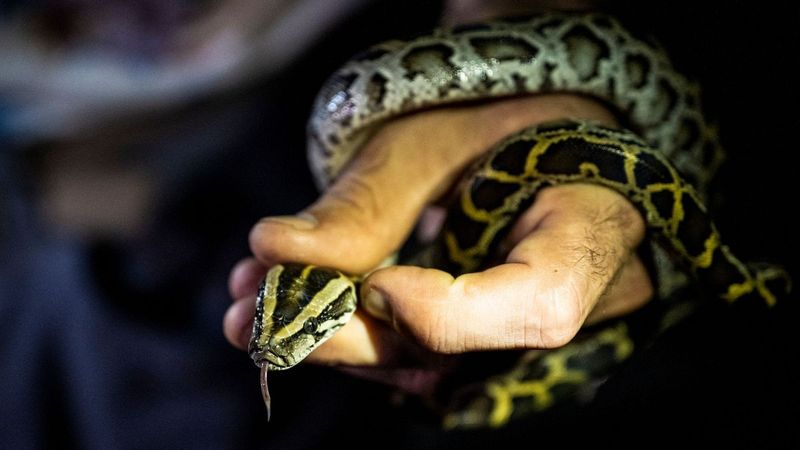
Despite record-breaking removal efforts, complete python eradication remains unlikely. Experts estimate tens of thousands of pythons still lurk in Florida’s wetlands, with many in remote areas humans rarely access.
The goal has shifted from elimination to management and containment. Success is now measured by preventing spread to new areas and reducing population density in critical habitats. This pragmatic approach focuses resources where they can make the most ecological difference.
13. Collaborative Conservation Victory
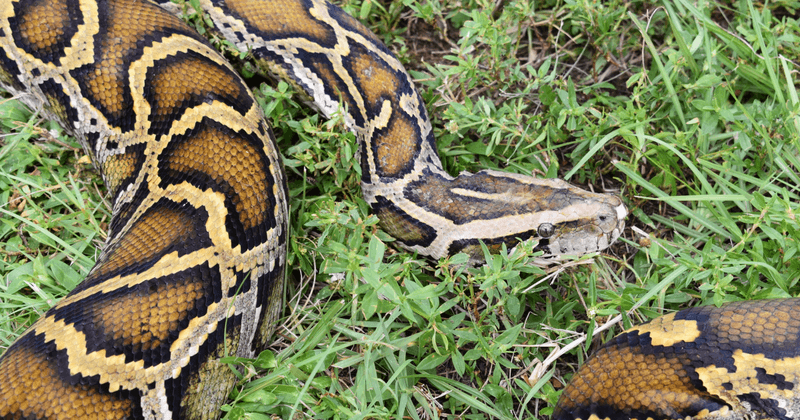
Florida’s python battle showcases the power of collaboration. State wildlife agencies, federal park services, tribal governments, university researchers, and citizen scientists all contribute unique expertise to the fight.
This multi-faceted approach combines policy, science, and public engagement. The python problem has actually strengthened environmental partnerships across jurisdictional boundaries. These collaborative frameworks now serve as models for addressing other invasive species challenges throughout the country.

